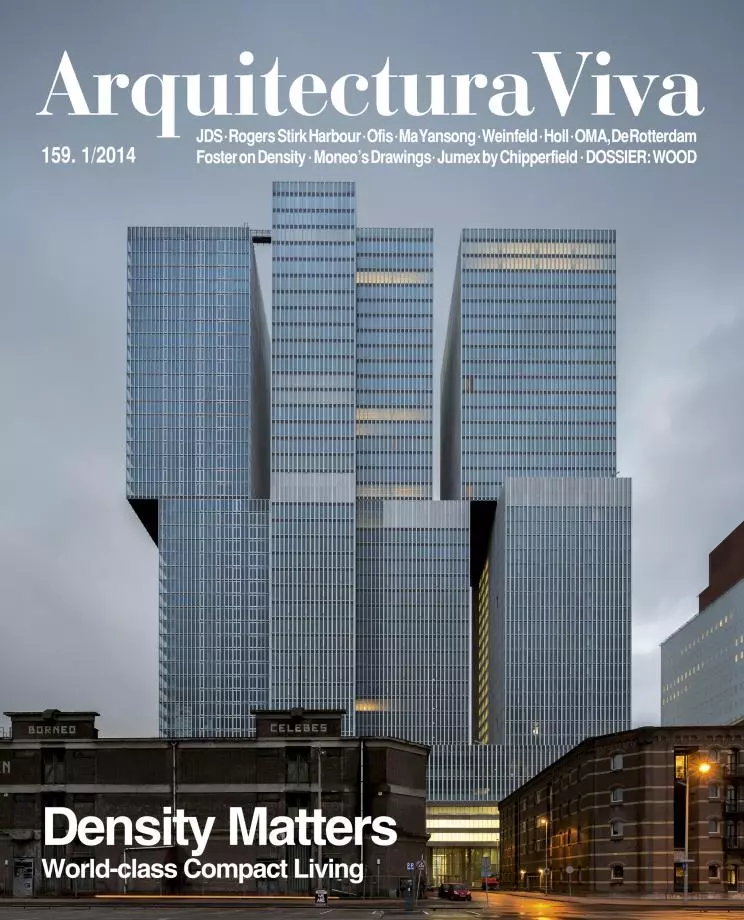
With its population of 4,500,000 and its strategic location, straddling Europe and Asia, Georgia is the black sheep of the Caucasus, at least in the eyes of Russia, which disapproves of the Georgian aspiration to become part of NATO and the European Union, and with that, break away completely from the field of Soviet influence. Abandoning the Russian sheepfold in 1991, when it declared its independence, was the start of ever growing tensions that in 2008 culminated in a short war which tore away from Georgia the territories of Abkhazia and South Ossetia, and marked the beginning of an identity crisis for the country.
Right after the war, in 2010, the energetic president of Georgia, Mikheil Saakashvili, realized that the ‘war’ with Russia could be continued by other means: those of ideological battle. Fascinated by the easily empathic forms of Metropol Parasol – which had then just been completed in Seville, after not a few controversies –, Saakashvili invited the author of the Sevillian ‘mushrooms’, Jürgen Mayer (Stuttgart, 1965), to help out in the modernization of Georgia through eleven buildings of a public and commercial nature, distributed in different parts of the country. This was another step in a symbolic war, with the hedonist architecture of the West paving a way through the ruins of Soviet rigor in decline, at the same time that statues of the most famous Georgian, Joseph Stalin, were being demolished and replaced by some dedicated to Ronald Reagan.
Of the eleven works commissioned to Mayer in Georgia, eight have been carried out. The buildings house a range of programs, from a police station to a law court, prominent among which are the border checkpoint in Sarpi, a Daliesque soufflé whose shape is supposed to result from an analysis of the program and site; the brutalist roadside service station in Gori; and especially the Pier Sculpture in Lazika, the westernizing city promoted by Saakashvili, conceived as a ‘smoke signal’ but which locals, as its author admits in the magazine Architect, prefer to describe as “Mickey Mouse with an erection.” The disparities in the way his projects are perceived does not bother Mayer, who is less interested in the forms themselves than he is in what viewers think they see in them. Considered unlikely Rorschach test figures, Jürgen Mayer’s Georgian works reflect a modernity that is as distorted as it is parodic.





